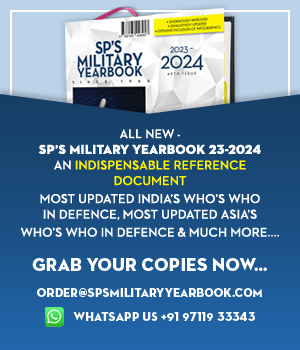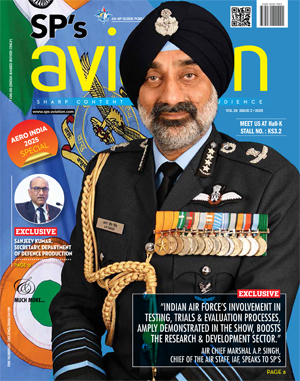INDIAN ARMED FORCES CHIEFS ON OUR RELENTLESS AND FOCUSED PUBLISHING EFFORTS
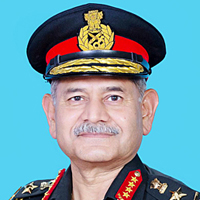
The insightful articles, inspiring narrations and analytical perspectives presented by the Editorial Team, establish an alluring connect with the reader. My compliments and best wishes to SP Guide Publications.
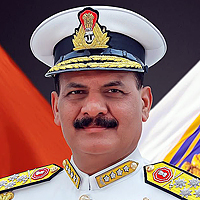
"Over the past 60 years, the growth of SP Guide Publications has mirrored the rising stature of Indian Navy. Its well-researched and informative magazines on Defence and Aerospace sector have served to shape an educated opinion of our military personnel, policy makers and the public alike. I wish SP's Publication team continued success, fair winds and following seas in all future endeavour!"

Since, its inception in 1964, SP Guide Publications has consistently demonstrated commitment to high-quality journalism in the aerospace and defence sectors, earning a well-deserved reputation as Asia's largest media house in this domain. I wish SP Guide Publications continued success in its pursuit of excellence.
Fastest Flying Vehicle
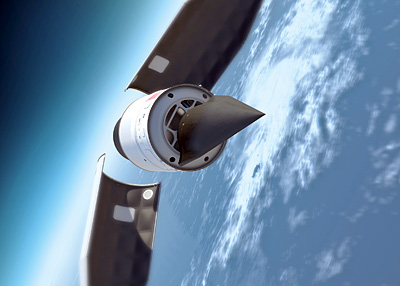
DARPA’s Falcon Hypersonic Technology Vehicle-2 aims at reaching anywhere in the world in less than an hour
The Falcon Hypersonic Technology Vehicle-2 (Falcon HTV-2) aircraft is a wedge-shaped plane equipped with thrusters and aero-surfaces designed to provide control during hypersonic flight. It is built to withstand extreme heating since the flying at Mach 20 can subject it to temperatures of up to 1,900 degrees Celsius. Defense Advanced Research Projects Agency (DARPA) calls it the fastest flying vehicle ever constructed.
During the recent test flight, the flying prototype plunged into the ocean after shifting into a mode that allows it to fly Mach 20, or about 21,000 kmph. However, the test flight lasted longer than the project’s first flight in April 2010. That first flight had lasted nine minutes and ended when an earlier hypersonic vehicle detected an anomaly and also crashed into the ocean.
To reach hypersonic speeds, the HTV-2 launched into suborbital space atop a Minotaur rocket. The vehicle then popped free of the booster and re-entered earth’s atmosphere.
During the second test flight, DARPA scientists had expected the HTV-2 aircraft to use small rocket thrusters to control its re-entry and then pitch itself up to increase altitude and control. After that, the vehicle was expected to enter a long glide phase in order to perform a set of pre-programmed manoeuvring tests while flying at about 21,000 kmph.
Once those tests were complete, the vehicle was expected to crash itself into the ocean to end the mission. But during the actual flight, ground stations lost contact with the HTV-2 earlier than planned.




